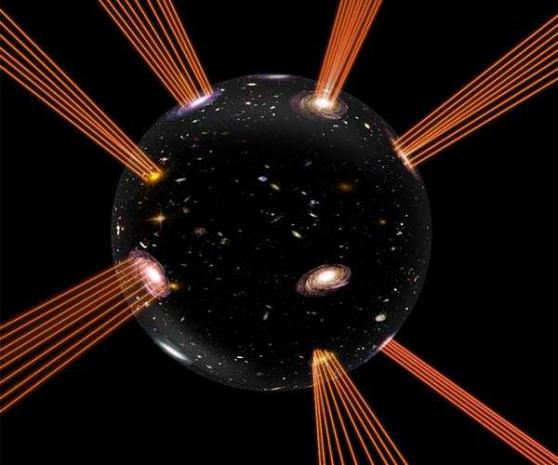
Breaking News
 Trump Announces MASSIVE Social Security Cleanup -- 275,000 Illegal Aliens Removed...
Trump Announces MASSIVE Social Security Cleanup -- 275,000 Illegal Aliens Removed...
 BOMBSHELL: Kash Patel Uncovers Obama Deputy AG Sally Yates' Email Ordering FBI Agents...
BOMBSHELL: Kash Patel Uncovers Obama Deputy AG Sally Yates' Email Ordering FBI Agents...
 China Unveils World's First Pregnancy-Simulating Humanoid Robot
China Unveils World's First Pregnancy-Simulating Humanoid Robot
 How Coca-Cola's Secret Formula Has Changed Over Time
How Coca-Cola's Secret Formula Has Changed Over Time
Top Tech News
 1,000 miles: EV range world record demolished ... by a pickup truck
1,000 miles: EV range world record demolished ... by a pickup truck
 Fermented Stevia Extract Kills Pancreatic Cancer Cells In Lab Tests
Fermented Stevia Extract Kills Pancreatic Cancer Cells In Lab Tests
 3D printing set to slash nuclear plant build times & costs
3D printing set to slash nuclear plant build times & costs
 You can design the wheels for NASA's next moon vehicle with the 'Rock and Roll Challenge
You can design the wheels for NASA's next moon vehicle with the 'Rock and Roll Challenge
 'Robot skin' beats human reflexes, transforms grip with fabric-powered touch
'Robot skin' beats human reflexes, transforms grip with fabric-powered touch
 World's first nuclear fusion plant being built in US to power Microsoft data centers
World's first nuclear fusion plant being built in US to power Microsoft data centers
 The mitochondria are more than just the "powerhouse of the cell" – they initiate immune...
The mitochondria are more than just the "powerhouse of the cell" – they initiate immune...
 Historic Aviation Engine Advance to Unlock Hypersonic Mach 10 Planes
Historic Aviation Engine Advance to Unlock Hypersonic Mach 10 Planes
 OpenAI CEO Sam Altman Pitches Eyeball-Scanning World ID to Bankers
OpenAI CEO Sam Altman Pitches Eyeball-Scanning World ID to Bankers
 New 3D-printed titanium alloy is stronger and cheaper than ever before
New 3D-printed titanium alloy is stronger and cheaper than ever before
Experimental device generates electricity from the coldness of the universe

The obvious drawback of solar panels is that they require sunlight to generate electricity. Some have observed that for a device on Earth facing space, which has a frigid temperature, the chilling outflow of energy from the device can be harvested using the same kind of optoelectronic physics we have used to harness solar energy.
New work, in a recent issue of Applied Physics Letters, from AIP Publishing, looks to provide a potential path to generating electricity like solar cells but that can power electronics at night. An international team of scientists has demonstrated for the first time that it is possible to generate a measurable amount of electricity in a diode directly from the coldness of the universe. The infrared semiconductor device faces the sky and uses the temperature difference between Earth and space to produce the electricity. "The vastness of the universe is a thermodynamic resource," said Shanhui Fan, an author on the paper. "In terms of optoelectronic physics, there is really this very beautiful symmetry between harvesting incoming radiation and harvesting outgoing radiation." In contrast to leveraging incoming energy as a normal solar cell would, the negative illumination effect allows electrical energy to be harvested as heat leaves a surface. Today's technology, though, does not capture energy over these negative temperature differences as efficiently. By pointing their device toward space, whose temperature approaches mere degrees from absolute zero, the group was able to find a great enough temperature difference to generate power through an early design. "The amount of power that we can generate with this experiment, at the moment, is far below what the theoretical limit is," said Masashi Ono, another author on the paper.



